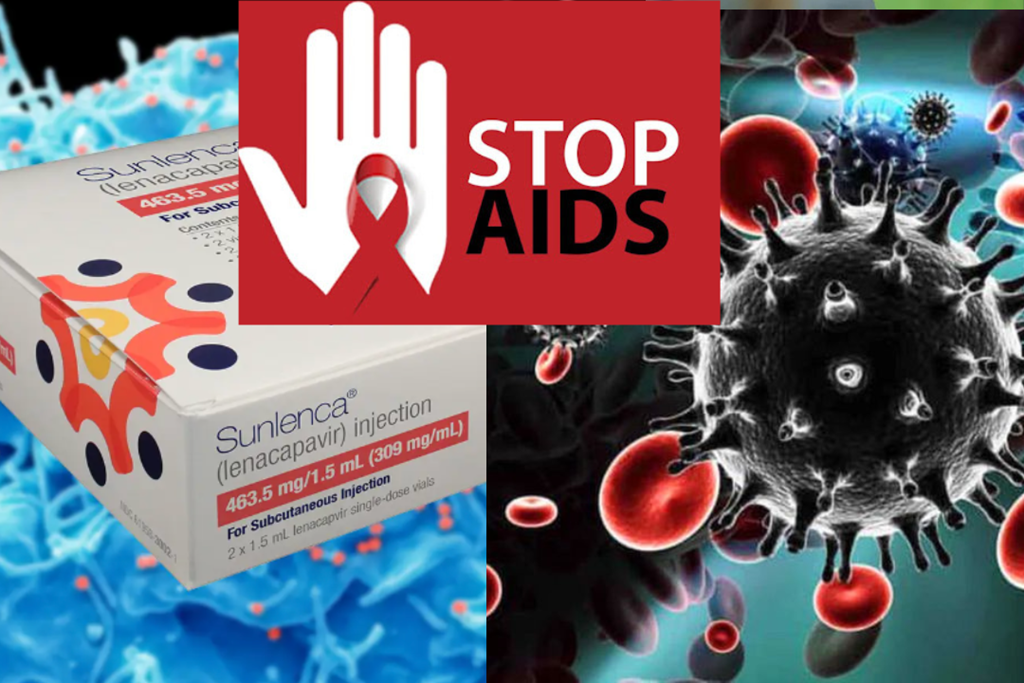Understanding CAH Beyond the Diagnosis
CAH arises from mutations that affect the adrenal glands’ ability to produce essential hormones, most notably cortisol and, in some cases, aldosterone. The body compensates by overproducing androgens, leading to physical and reproductive changes.
For women, this imbalance can mean irregular menstrual cycles, fertility struggles, or unexpected physical traits such as acne and hair growth in areas more typical of men. But CAH is more than a list of symptoms—it is an evolving experience that changes across life stages.
Childhood: Early Struggles and Family Support
For girls with classic CAH, the journey often begins at birth. Ambiguous genitalia may prompt immediate medical intervention, while salt-wasting crises can pose life-threatening risks if not promptly managed. Early treatment with hormone replacement therapy is essential for survival and healthy growth.
But beyond the medical sphere, childhood with CAH requires family adaptation. Parents often become advocates, learning to balance treatments, emergency precautions, and the emotional needs of a child who may already feel “different” from peers.
Adolescence: When Symptoms Meet Identity
Puberty can be an especially challenging stage for girls with CAH. While peers are navigating the normal complexities of teenage years, those with CAH may face:
-
Persistent acne and oily skin.
-
Hirsutism (unwanted facial and body hair).
-
Voice changes that may feel out of sync with gender identity.
-
Height differences due to altered bone growth.
These changes are more than cosmetic—they strike at self-image, confidence, and social belonging. Adolescence is often when emotional resilience is first truly tested, and when the role of psychological support becomes vital.
Adulthood: Balancing Health, Fertility, and Aspirations
For many women with CAH, adulthood brings new questions: Can I have children? How will CAH affect my career or relationships? Will I always need medication?
-
Fertility: While CAH can complicate conception, many women successfully achieve pregnancy with careful management. Hormonal balance is key, and some may benefit from assisted reproductive technologies.
-
Work and lifestyle: CAH requires planning—whether it’s carrying emergency hydrocortisone, scheduling medical check-ups, or managing stress to avoid adrenal crises. Yet with preparation, women can pursue ambitious careers and active lifestyles.
-
Relationships: Open conversations with partners about CAH can foster understanding and intimacy. Many women find that honesty reduces anxiety and strengthens connections.
Emotional and Social Dimensions
Living with CAH also means navigating the invisible weight of the condition:
-
Body image struggles from acne, hair growth, or height differences.
-
Anxiety about fertility or long-term health.
-
Isolation from being misunderstood or misdiagnosed.
But women consistently show resilience. Many report that connecting with others who share their journey—through support groups, online communities, or advocacy organizations—transforms loneliness into strength.
Modern Approaches to Care
The treatment of CAH has advanced significantly, shifting from a survival focus to long-term quality of life.
-
Tailored hormone therapy: Adjusting glucocorticoids and mineralocorticoids to minimize side effects.
-
Modified-release hydrocortisone: Mimics natural cortisol rhythms for more stable control.
-
Monitoring technologies: Regular lab tests and imaging ensure treatment remains balanced.
-
Holistic care teams: Endocrinologists, gynecologists, psychologists, and dermatologists working together to support all aspects of health.
These innovations reflect a growing recognition that women with CAH deserve not only survival but thriving, fulfilling lives.
The Power of Resilience
Perhaps the most powerful story of CAH is not medical—it is personal. Women who live with this condition often describe themselves as stronger, more adaptable, and more compassionate because of what they’ve endured. CAH teaches patience, discipline, and self-advocacy.
A woman with CAH is not defined by her diagnosis—she is defined by how she rises each day to balance treatment, dreams, and personal growth.
Looking Ahead: A Future of Hope
Research continues to push boundaries, from potential gene therapy that could address the root cause, to individualized treatment plans that adapt care to each woman’s genetic profile. Meanwhile, awareness campaigns and patient advocacy are giving women a louder voice in shaping their care.
The future of CAH is one of greater choice, greater control, and greater hope.
Conclusion: Redefining Strength
Congenital Adrenal Hyperplasia may begin in genetics, but it evolves into a story of resilience, determination, and empowerment. For women, the journey includes medical treatment, emotional adaptation, and a constant search for balance—but it also offers an opportunity to discover strength within.
By embracing modern care, building support networks, and advocating for themselves, women with CAH are proving that life with this condition is not about limitation—it is about transformation.

